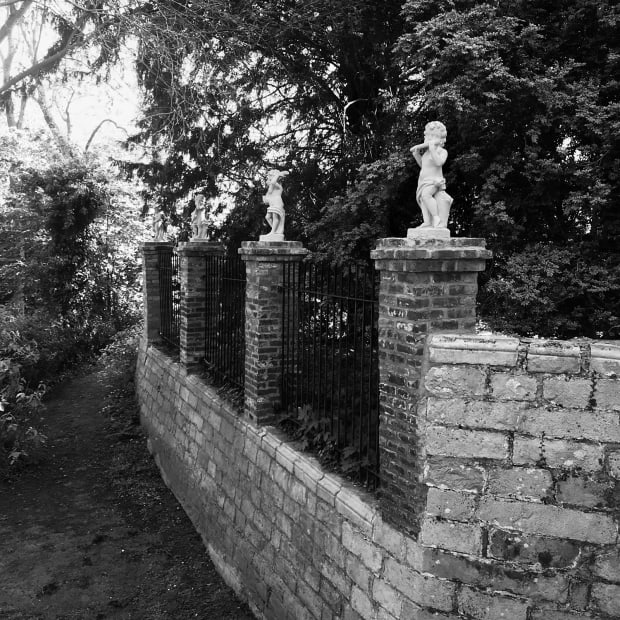Castle of Watou
History
Since the Middle Ages the fiefdom of Watou has been the feudal privilege of several nobles. According to the earliest records, in 1133 Watou belonged to the properties of Diederik van Beveren, Earl of Diksmuide. In 1559, the estate passed into the hands of the Joigny family and barely half a century later, in 1608, Karel van Ydeghem purchased it.
Under Karel van Ydeghem, who was married to Maria van Cortewyle, Watou was raised to the level of earldom by the Spanish King, Philip IV, in 1628 / 1629. Karel and his wife were given the title of Earl and Countess of Watou. After their death their images were carved in white marble. It is still possible to admire their mausoleum in the Saint-Bavo church in Watou.
The first Earl, Karel van Ydeghem, lived in "Het Blauwhuis" (The Blue House). His son, Johannes van Ydeghem had the castle of Watou built in 1620. An illustration of that time shows a rectangular plan of the castle which was only accessible via a drawbridge over the surrounding moat. At the entrance gate, leading to the courtyard, two towers are clearly visible above the roof. The illustrator Sanderus describes the castle in such exuberant terms that the text suggests a degree of exaggeration. In support of this story, it was said that their horses wore silver horseshoes… ! However, other sources also mention the princely life of the nobles of Watou, who belonged to some of the wealthiest families in Flanders.
However, the opulent years of the castle and the village did not last. Watou, a village in the border region, suffered from the various wars that plagued the Southern Netherlands, as the region was known at that time. In 1661, Louis XIV systematically occupied this region. It was his ultimate wish to obtain full control over the Southern Netherlands.
Watou was one of the places he visited during his conquests. Incredible preparations were made and measures were taken to facilitate the passage of the King and his royal household. The King stayed in the Earl's castle where a great banquet was held in his honour.




